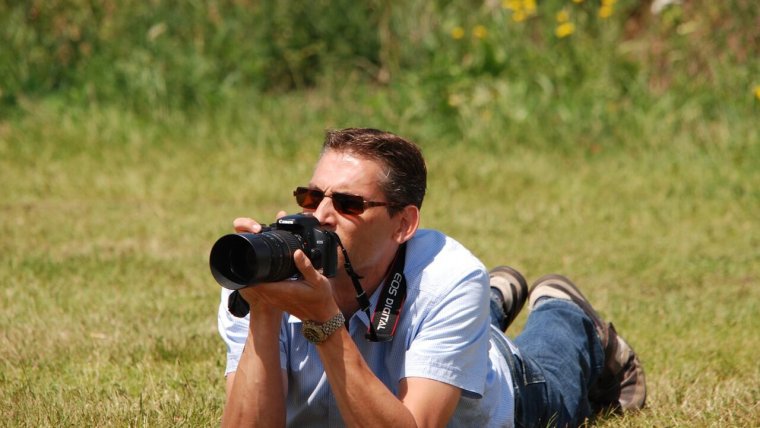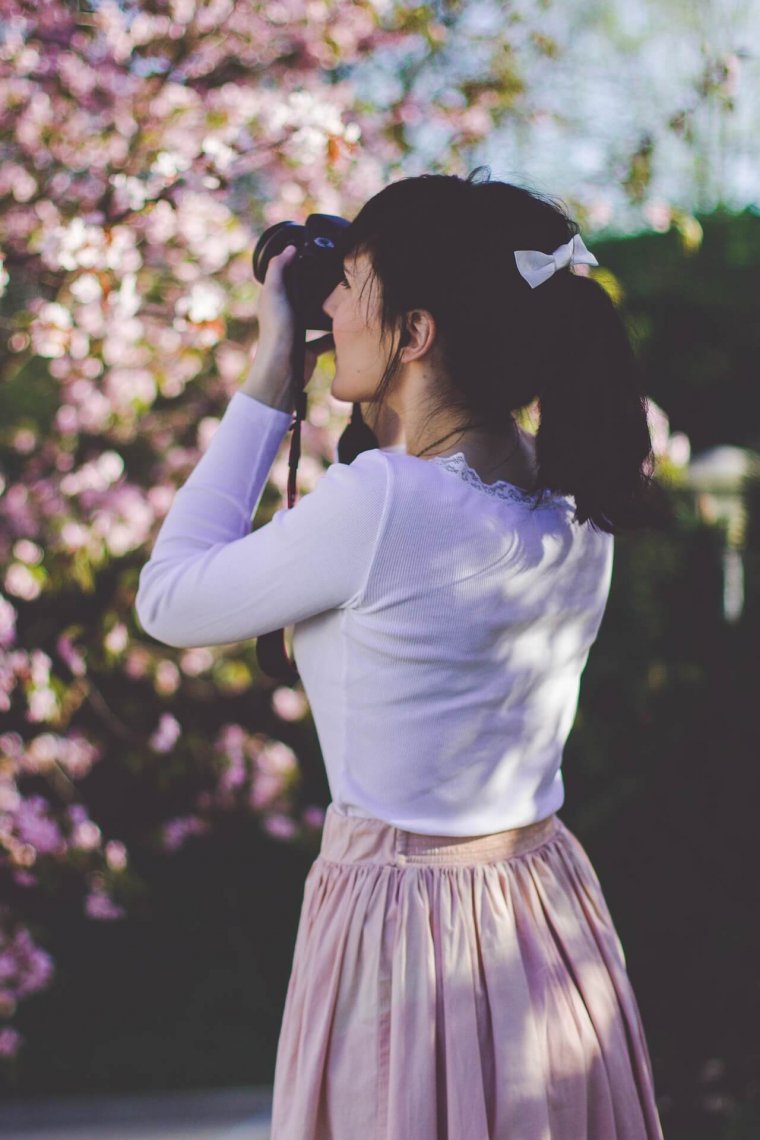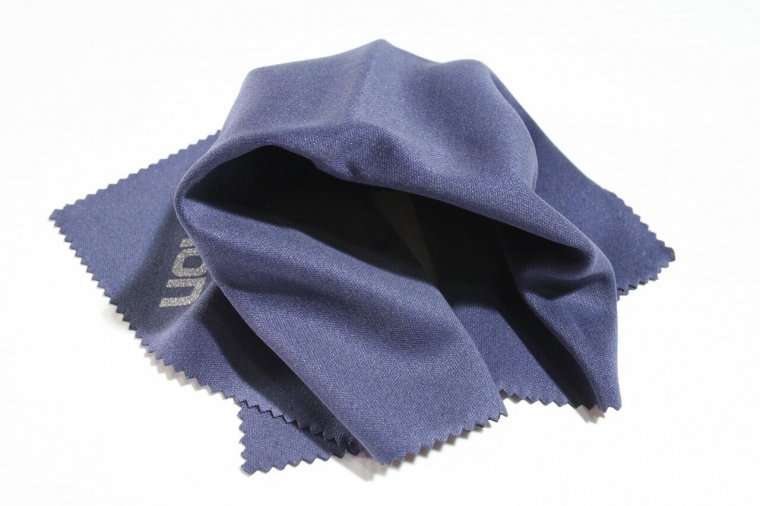
Sometimes weather doesn’t agree with our camera gear. The heat and the cold, the wet and the dry, can always wreak havoc on cameras. They are, after all, electronic equipment. So then what do you do when you need to photograph in the extreme heat? Maybe it’s a really hot summer day. Maybe you’ve got an assignment to shoot in the jungle or the desert. Either way, you need to keep your gear working even in extreme heat conditions. Here are some tips that will help you protect your equipment as your work.
Table of Contents
One of the easiest ways to keep your camera safe is to shoot from the shade. Finding a tree or building that will cast a large enough shadow is the first step you should take. The shade will help keep both the air and your camera cooler. The less heat that’s on your camera, the better it is overall.

Of course, shade doesn’t always play with your artistic vision. If you need to step out while you’re taking your picture, that’s okay. Just be sure to return to your shady refuge in-between shots.
Even if you have a shady spot, you need to cover your gear when not directly shooting. Your camera, mostly made out of some kind of metal, easily absorbs the heat from the sun. By being in the shade, you greatly reduce the heat your camera absorbs. However, if your environment doesn’t contain any shade you’ll need some other way to protect your equipment. The next best way to protect your camera is to cover it.

A simple cloth will do, preferably one that is darker in color. It’s a good idea to cover your gear even if it’s already in the shade, every bit helps.
If you’ve got a climate controlled home or hotel you’re keeping your camera in, you don’t want to just suddenly take it out into the heat. A sudden change in temperature can shock your equipment just as it can shock your body. The best way to control the temperature change is to use an insulated camera bag. Place all of your gear into your bag and then take it outside. Set your bag down, preferably in the shade if you can, and let it sit for a while. The insulation in the bag will slow the speed at which your camera heats up. After a while, your equipment will be the temperature of the air and you can safely remove it from its case.
One of the most damaging things to your camera is water. However, the threat of liquid doesn’t just come from rivers and other bodies of water. Sweat and condensation are just as big of an issue, especially in the hot weather. Your lens can quickly fog up in the heat. The sweat from your face can easily get onto your camera. And any amount of liquid will mess with your gear and might even break your camera. Keep a lens cloth with you to keep your equipment dry.

To prevent sweat, wear an athletic headband or hat and be sure to bring a towel with you to dry off. Being in the shade will greatly reduce your own sweat content. Keeping yourself cool is as important for your equipment as it is for your comfort.
Using your car to get around from place to place is very convenient. If you’re running errands before or after a photo shoot in the heat, you want to avoid leaving your camera in your car. Without the air on, cars become exceptionally hot in the heat, more so than simply being outside in direct sunlight. Because the glass traps the heat inside, the car can be the most dangerous place for your camera and its gear. If you’re going to leave your car for any reason, even if it’s something short and simple, take your camera with you. Leaving your camera alone in the car for any amount of time can prove disastrous to your equipment. Keeping your camera in an insulated bag and taking it with you will greatly reduce the hard done to your gear.
The best way to keep your camera protected is to avoid extreme temperature conditions. Of course, this can’t always be the case. If you need to do a photo shoot in the heat, you need to prepare to keep your camera safe. By using an insulated bag you can control how fast your camera heats up. By keeping your camera out of direct sunlight, either in the shade or by covering it with a cloth, you can reduce the amount of direct heat your camera absorbs. And by keeping yourself and your camera dry, you can ensure a safe and harmless shoot for your equipment.
Comments (0)
There are no comments yet.